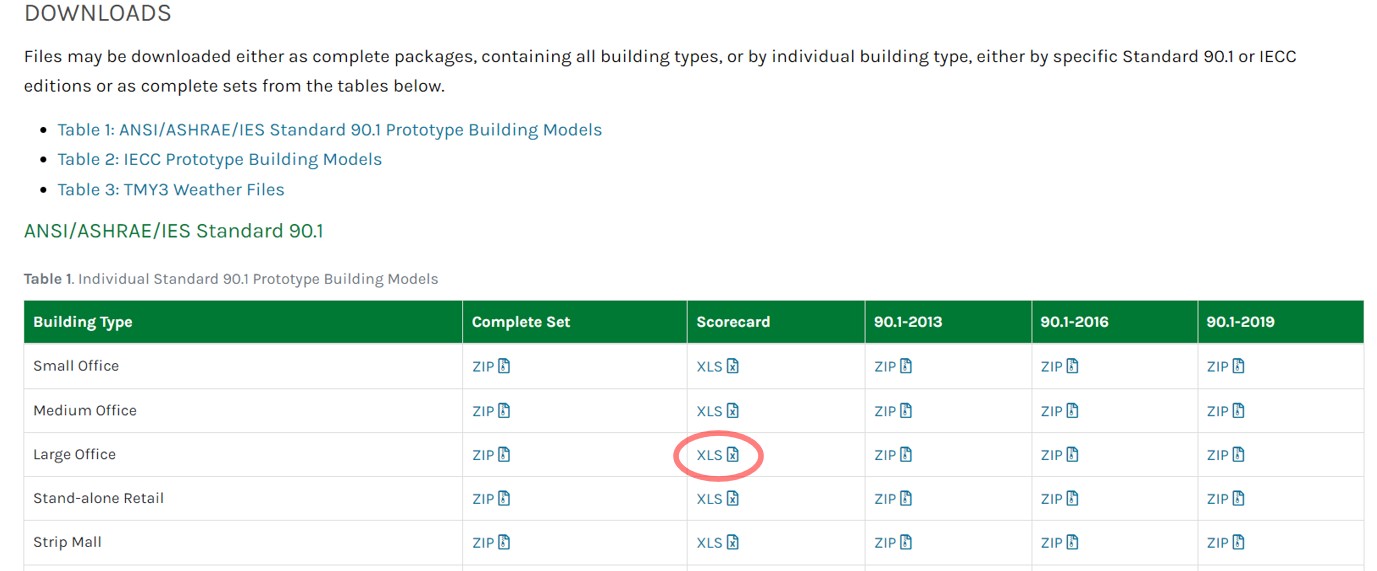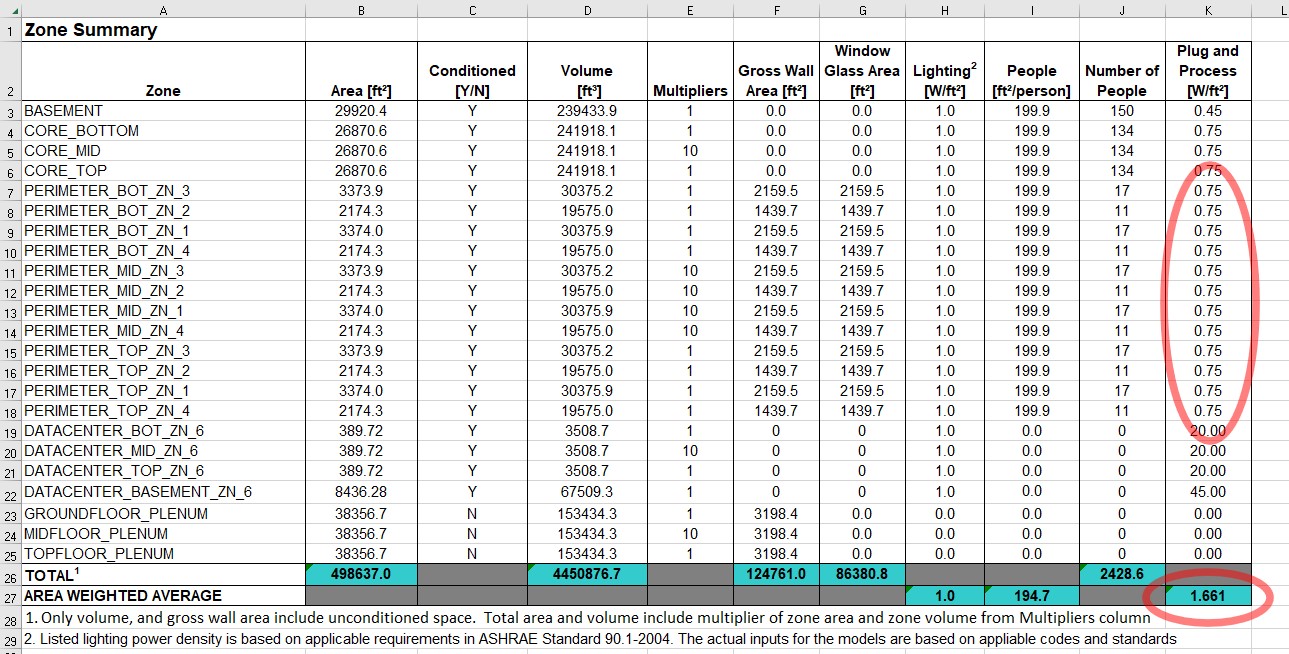Misc vs plug loads
Hi there,
I am currently carrying out an energy model for an office building. I would like to include the receptacle loads for the equipment but I am unsure which could be the right approach. I have found two main sources that are recommended in many cases but in some cases, they contradict each other. I would like to understand If I am interpreting these two concepts wrongly and if they refer to different loads, or are just the same. The sources I am referring at are the ASHRAE 90.1 Addendum Schedules and Loads and COMNET appendix B available here: https://web.ashrae.org/90_1files/pdfs... https://comnet.org/appendix-b-modelin... https://comnet.org/sites/default/file...
In the ASHRAE 90.1 the term Misc loads is being used, for offices a value of 0.75 W/ft2 is being set, which I belive it is quite reasonable considering the actual standards. I COMNET the term Plug Loads is being used. I have always thought receptacle, plug, equipment and misc loads refer to the same thing. In COMNET appendix B offices appear to have 1.67 W/ft2, which is much higher than those considered by ASHRAE. Furthermore, if I use the plug loads tsd calculation I obtain 2.2 W/ft2, which is an even larger number. But I would like to double check this interpretation and have your feedback. I am a bit confuse on which could be more certain, mainly due to the large difference between them and the terms used. Since this is a warm shell office space, I will not know the number of equipment that will be installed there, and therefore I have to make an assumption. Have you faced this issue before? which could be the best approach for these cases? is there any difference between these terms which explains the large difference? is ASHRAE misc loads at a building level (including storage, lobby, parking,...) and COMNET at a zone level?
Thanks






